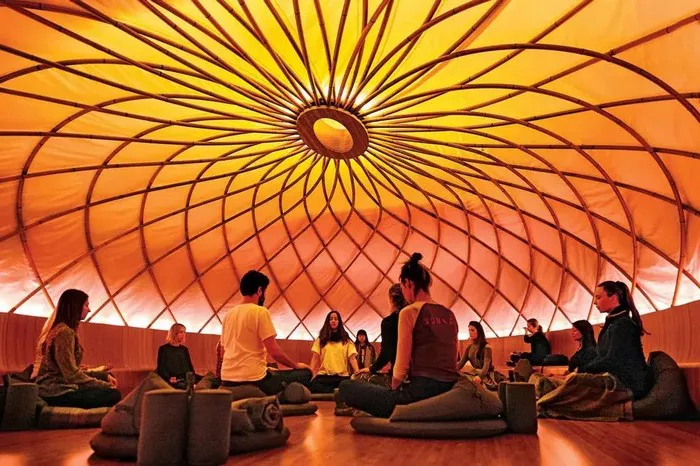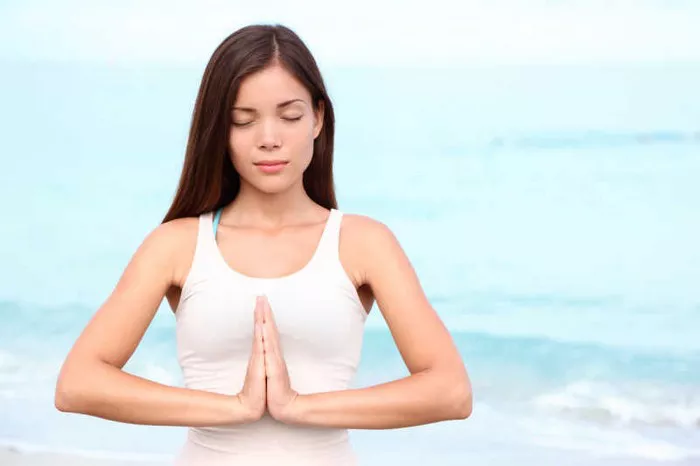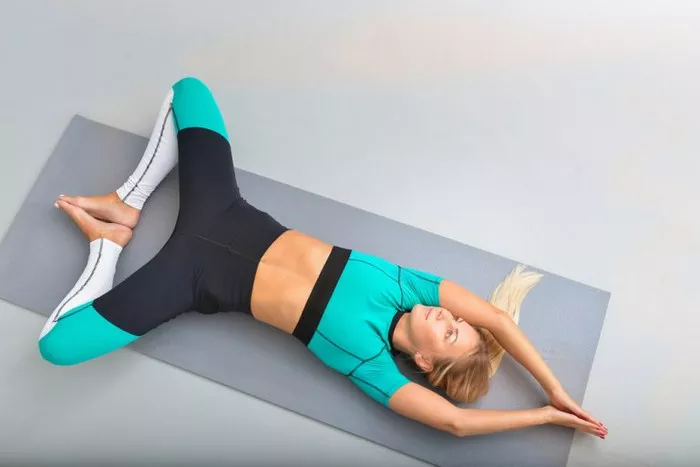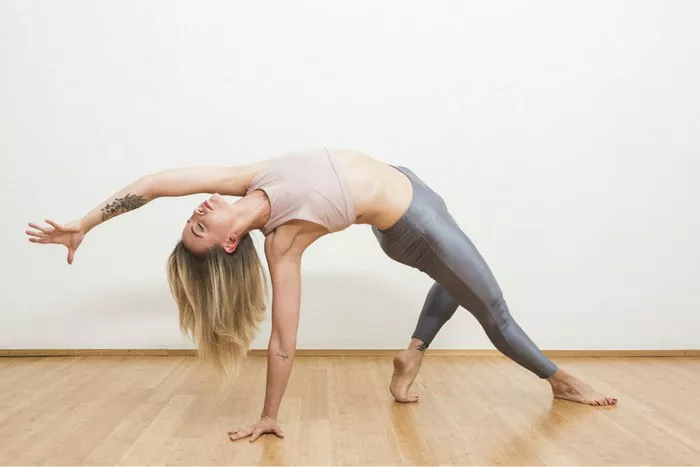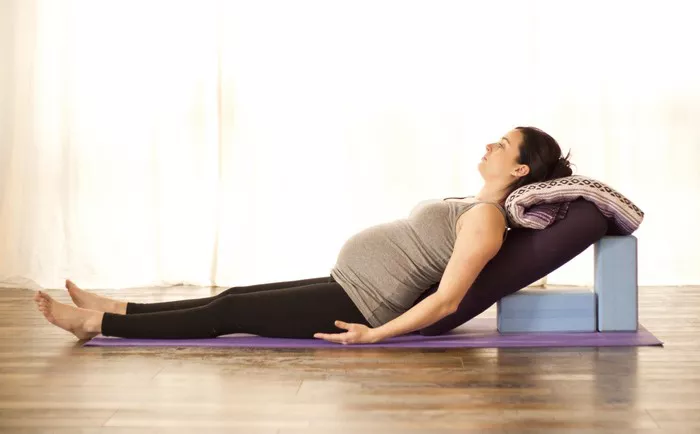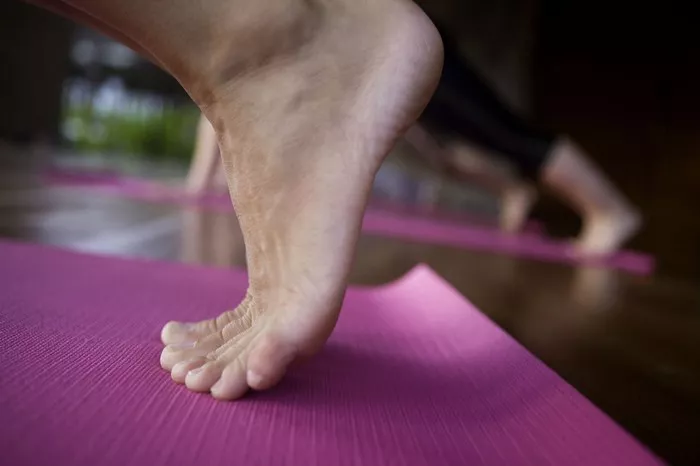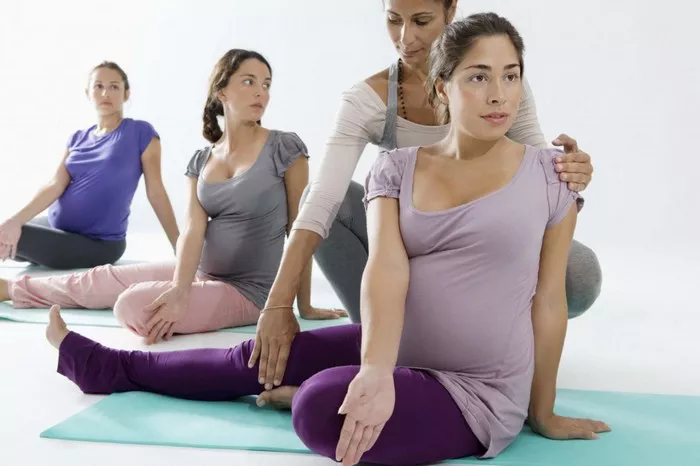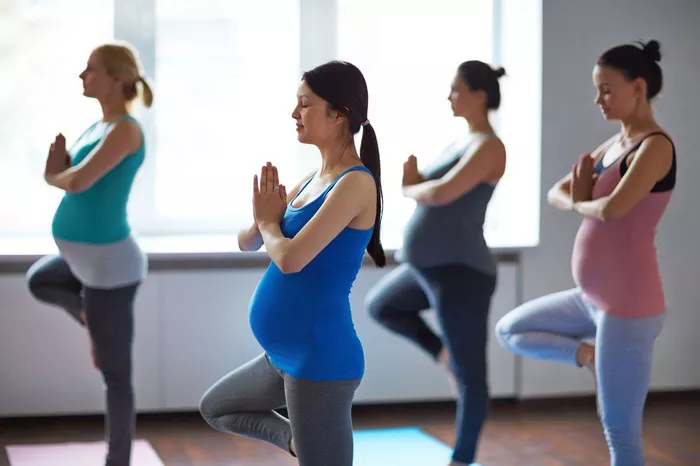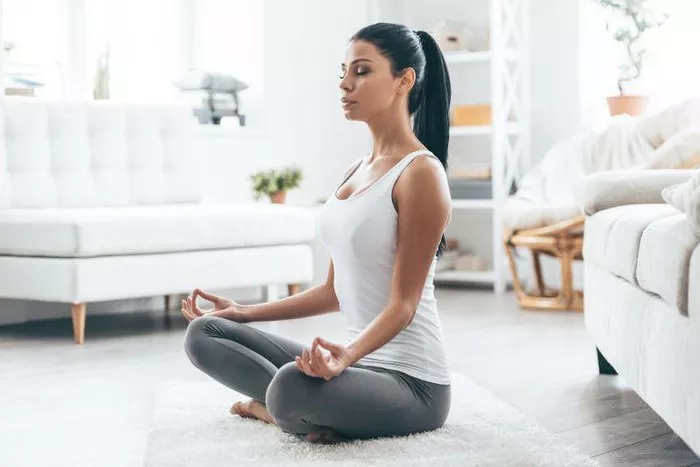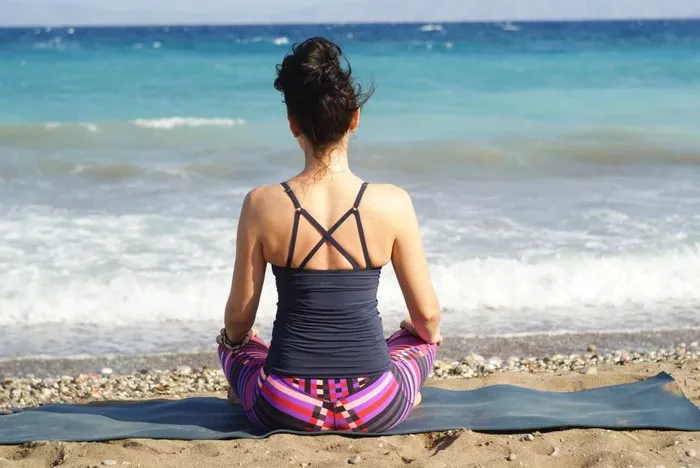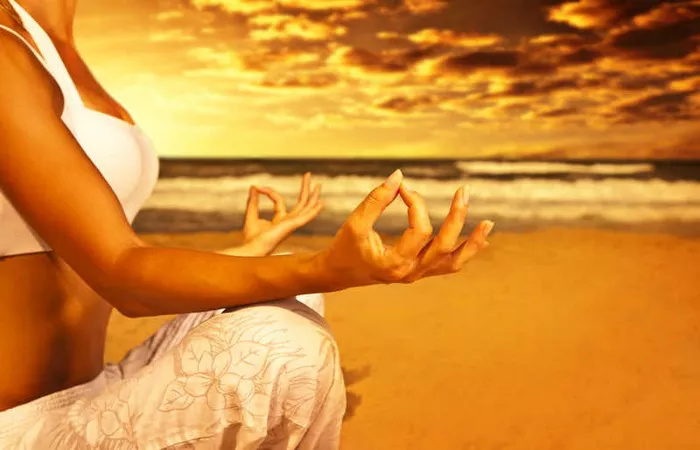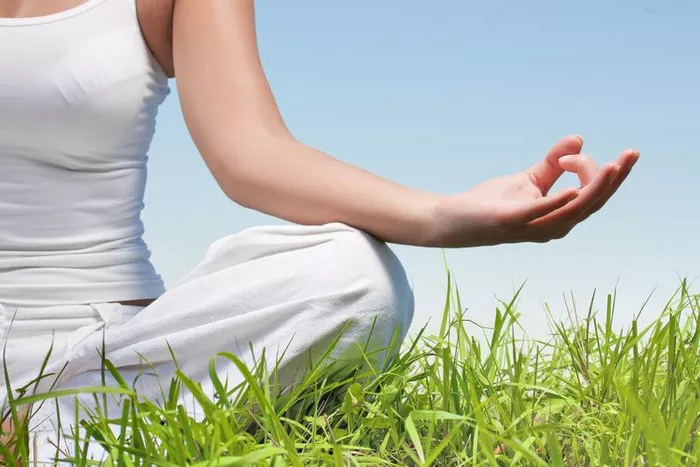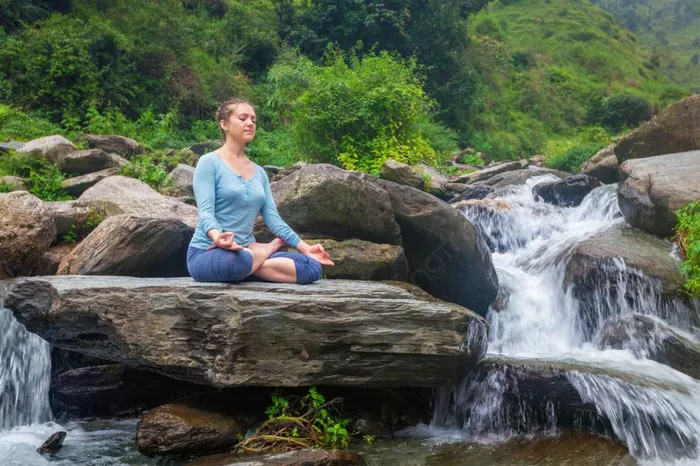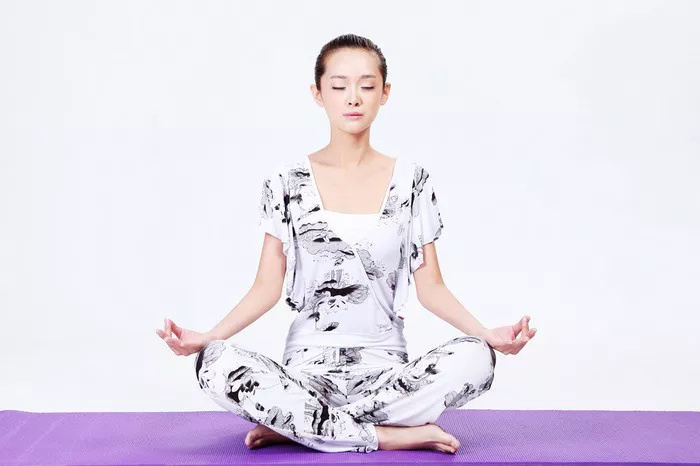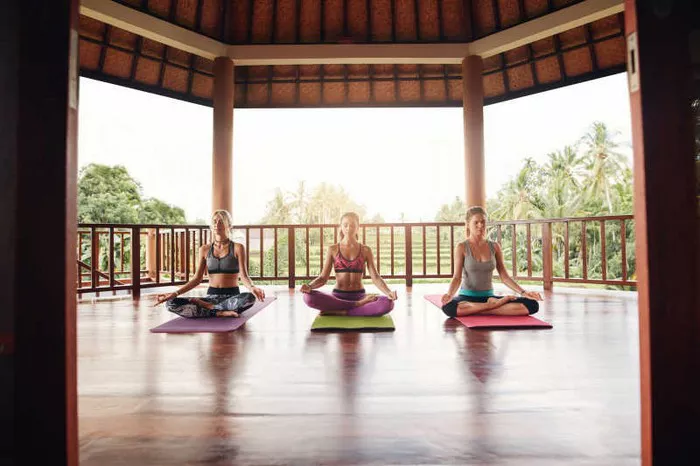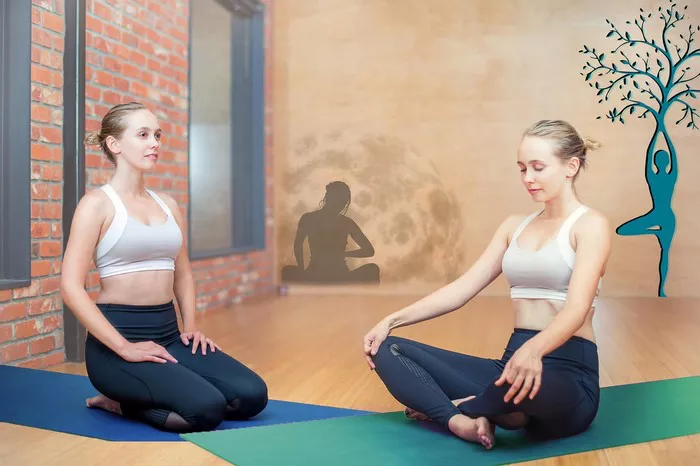Yoga is an ancient practice that encompasses physical postures, breath control, meditation, and ethical disciplines. While many people start their yoga journey with beginner or intermediate classes, some aspire to reach an advanced level. But what exactly does “advanced yoga” mean? Is it about mastering complex postures, achieving deep meditative states, or integrating yoga into every aspect of life? The answer encompasses all these aspects and more.
Defining Advanced Yoga
Advanced yoga is not merely about performing intricate poses or achieving extreme flexibility. It represents a deeper commitment to the principles of yoga, a refined understanding of the mind-body connection, and a disciplined approach to physical and spiritual practice. It includes:
- Mastery of Asanas (Physical Postures): The ability to perform advanced postures that require strength, balance, flexibility, and endurance.
- Breath Control (Pranayama): Deepening one’s ability to control and harness the breath for increased energy and focus.
- Meditation and Mindfulness: Developing a strong meditative practice to enhance mental clarity, inner peace, and self-awareness.
- Integration of Yoga Philosophy: Living according to the ethical principles of yoga, such as non-violence (Ahimsa), truthfulness (Satya), and self-discipline (Tapas).
- Energy and Awareness: Cultivating the ability to sense and direct energy within the body, often linked to the chakras and the subtle body.
Mastery of Advanced Asanas
For many, advanced yoga is synonymous with achieving challenging postures, but physical mastery alone does not define an advanced yogi. Some of the advanced asanas include:
- Arm Balances: Poses like Eka Pada Galavasana (Flying Pigeon), Astavakrasana (Eight-Angle Pose), and Mayurasana (Peacock Pose) require exceptional upper-body strength and coordination.
- Inversions: Postures such as Sirsasana (Headstand), Pincha Mayurasana (Forearm Stand), and Adho Mukha Vrksasana (Handstand) challenge balance and core strength.
- Backbends: Advanced practitioners work on deep backbends like Kapotasana (Pigeon Pose), Natarajasana (Lord of the Dance Pose), and Eka Pada Rajakapotasana (King Pigeon Pose), which enhance spinal flexibility and energy flow.
- Twists and Binds: Poses like Bharadvajasana (Sage Bharadvaja’s Twist) and Marichyasana D (Marichi’s Pose) require flexibility, focus, and breath control.
- Lotus Variations and Leg-over-Head Poses: Advanced hip-openers like Padmasana (Lotus Pose) variations or Supta Trivikramasana (Sleeping Vishnu’s Pose) require exceptional flexibility and patience.
However, an advanced yogi does not necessarily need to perform all these poses. The true measure of advancement is practicing them with awareness, control, and alignment rather than force or competition.
The Role of Breath Control (Pranayama)
In advanced yoga practice, breathwork becomes a fundamental tool for deepening both the physical and mental aspects of yoga. Some advanced pranayama techniques include:
- Nadi Shodhana (Alternate Nostril Breathing): Balances the energy channels in the body.
- Bhastrika (Bellows Breath): Energizes and cleanses the system.
- Kapalabhati (Skull Shining Breath): Stimulates the brain and detoxifies the body.
- Murcha Pranayama: A breath retention technique that induces a deep meditative state.
An advanced yogi understands the profound impact of breath control and incorporates it into daily practice to regulate emotions, enhance focus, and access higher states of consciousness.
The Depth of Meditation and Mindfulness
Advanced yoga goes beyond physical postures to include deep meditation. Experienced practitioners engage in:
- Dhyana (Meditation): Continuous focus on a single object, mantra, or breath.
- Samadhi (State of Oneness): A profound meditative state where the practitioner transcends the ego and experiences unity with the universe.
- Vipassana (Insight Meditation): A technique that cultivates awareness of thoughts, sensations, and emotions without attachment.
An advanced yogi is able to quiet the mind, detach from distractions, and cultivate stillness, which is one of the highest forms of yoga practice.
Yoga as a Way of Life
True advancement in yoga is not only about physical practice but also about embodying yogic principles in daily life. This includes:
- Yamas (Ethical Restraints): Practicing non-violence, truthfulness, non-stealing, moderation, and non-possessiveness.
- Niyamas (Self-Disciplines): Maintaining cleanliness, contentment, self-discipline, self-study, and surrender to a higher power.
- Karma Yoga (Selfless Service): Serving others without attachment to outcomes.
- Bhakti Yoga (Devotion): Cultivating love and devotion toward a divine source.
- Jnana Yoga (Path of Knowledge): Seeking wisdom and self-realization through study and contemplation.
An advanced yogi integrates these principles into daily life, making yoga not just an activity but a holistic way of being.
Signs of an Advanced Yoga Practitioner
While different people progress in different ways, some signs of an advanced yogi include:
- Consistency: Practicing yoga daily, whether through asana, pranayama, or meditation.
- Effortless Breath Awareness: Using the breath as a tool for energy and emotional regulation.
- Inner Peace: Remaining calm and centered in challenging situations.
- Detachment from Ego: Practicing without competitiveness or the need to prove oneself.
- Deeper Understanding of Yoga Philosophy: Living with mindfulness, compassion, and discipline.
Final Thoughts
Advanced yoga is not about how many complex poses one can perform but rather about the depth of one’s practice, the consistency of effort, and the integration of yoga into everyday life. It is about cultivating self-awareness, mindfulness, and a sense of connection with the universe. Whether one is mastering a difficult posture, meditating deeply, or practicing self-discipline, the true essence of advanced yoga lies in the continuous journey toward self-improvement and spiritual growth.
Each yogi’s path is unique, and advancement is not about reaching a destination but about embracing the process. With dedication, patience, and an open heart, anyone can progress toward advanced yoga and experience its transformative power.
Related topics


